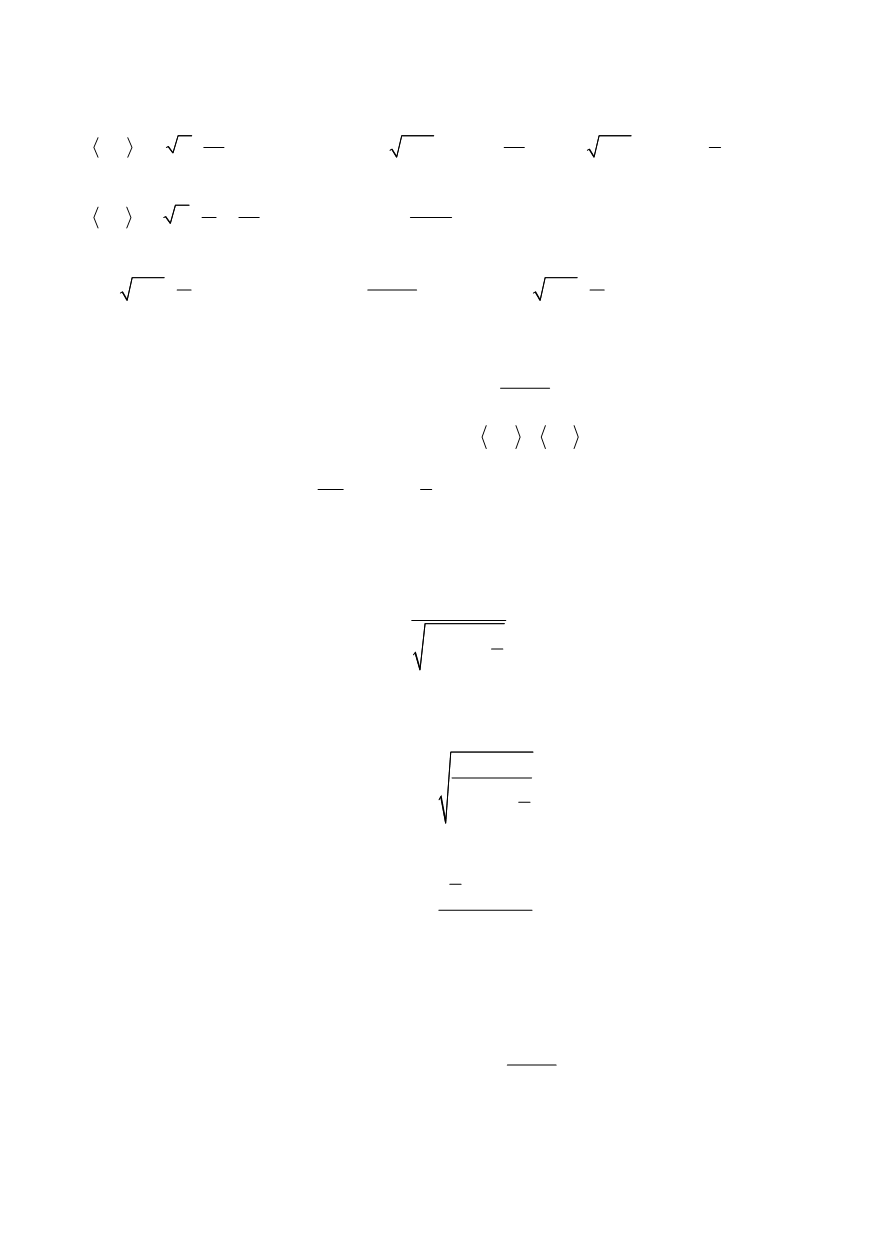

313
The results are
j
i
0
1/2
1/2
1/2
0
0
0
0
1
1
(
)
2
2
c a
c
a
K
c R dc
a c R
a X R
a
σ
σ π
σ π
σ π
+
⎡
⎤
⎛
⎞
⎛
⎞
=
+
=
+ +
=
+ +
⎢
⎥
⎜
⎟
⎜
⎟
⎝
⎠
⎝
⎠
⎣
⎦
∫
i
i
(
)
0
1/2
2
1
0
1/2
2
1
1
1/2
0
0
2 1 (
) cos
2
2
cos
( , )
c a
S
c
X
X
c
K S
c R
dc
a
c R
X
S a
X R
dX S a
I X R
X R
π
π
π
π
π
π
+
−
+
−
⎧
⎫
⎡
⎤
⎪
⎪
⎛ ⎞
⎛
⎞
=
+
=
⎨
⎬
⎜ ⎟
⎜
⎟
⎢
⎥ +
⎝ ⎠
⎝
⎠
⎣
⎦
⎪
⎪
⎩
⎭
⎧
⎫
⎡
⎤
⎪
⎪
⎛ ⎞
⎛
⎞
⎛ ⎞
=
+
=
⎨
⎬
⎜ ⎟
⎜
⎟
⎜ ⎟
⎢
⎥ +
⎝ ⎠
⎝
⎠
⎝ ⎠
⎣
⎦
⎪
⎪
⎩
⎭
∫
∫
(13)
The auxiliary integral
I
(
X
,
R
) is defined as follows
(
)
2
1
1
( , )
cos
X
X
X
I X R
X R
dX
X R
+
−
⎡
⎤
⎛
⎞
=
+
⎜
⎟
⎢
⎥ + ⎝
⎠
⎣
⎦
∫
(14)
Substituting (13) into the equilibrium equation
S
K K
σ
=
yields
1/2
1/2
1
( , )
2
2
X R
I X R
S
σπ
⎡
⎤
+ + =
⎢
⎥
⎣
⎦
(15)
One can readily solve this equation for the loading parameter
Q
as a function of
X
and
R
. To distinguish this solution from the classic Dugdale solution (10) the subscript
D
is
used for “Dugdale” and the superscript “
d
” for “discrete”. From (15) it follows
1/2
( , )
1
2
d
D
I X R
Q
X R
=
+ +
(16)
An interesting simplification of Eq. (16) is obtained for the limiting case of small
ratios
R
/
X
. For this case the integral (14) reduces to 2
R
, and thus the Eq. (16) can be re-
written as follows
2
1
2
d
D R X
R
Q
X R
⎡ ⎤
=
⎣ ⎦
+ +
(17)
The inverse relationship can be readily provided
2
2
1
2
2
d
D X R
X Q
R
Q
⎛
⎞ + ⎜
⎟
⎝
⎠
⎡ ⎤
=
⎣ ⎦
−
(18)
The other interesting result is obtained for the asymptotic case of
X
>> 1, i.e., for the
situation when the fracture quantum
a
0
vanishes. When this case is tested numerically it
transpires that the Eq. (16) reduces to a form identical with the Dugdale result (10). For
X
>> 1 one gets
1
1
cos
d
D
D
X
X
Q
Q
X R
−
⎛
⎞
⎡ ⎤ → = ⎜
⎟
⎣ ⎦
+ ⎝
⎠
(19)
The inverse relation would agree with Eq. (10). The subscript
D
has been added to the
symbol
Q
to identify it with the Dugdale result. It is therefore justified to conclude that


















